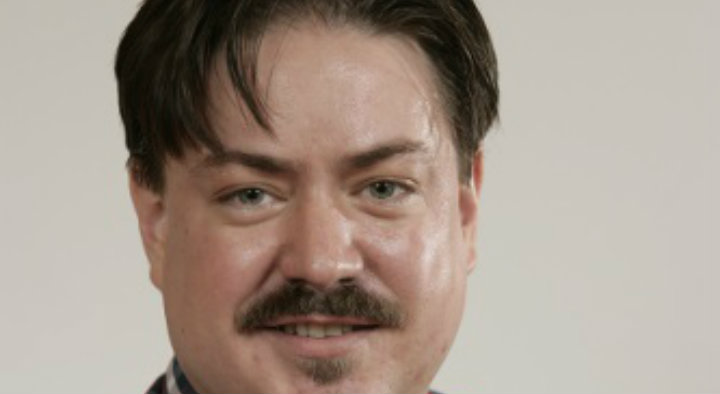‘Ghostbusters-style’ optical traps enable researchers to study living cells
Published On Mon 4 Dec 2017 by Grant Hill

University of Dundee researchers have created optical traps – described as microscopic equivalents of the proton pack in Ghostbusters – that enable scientists to manipulate minuscule objects and study the mechanics of cells and bio-molecules deep inside living organisms.
An optical trap is a tightly focused laser beam that can be used to confine and manipulate microscopic objects such as cells, bacteria and strands of DNA, typically in aqueous media. Whilst they are not themselves new, Dundee researchers used holographic beam-shaping to deploy such traps for the first time through hair-thin optical fibres capable of penetrating safely through living tissues.
Previously it was only possible to manipulate micro-objects on microscope slides using bulky optics and researchers needed direct optical access. By contrast, the new design based on optical fibre is ultra-narrow. This will enable researchers to access hidden cavities or introduce traps deep inside living organisms without causing any major damage even to the most sensitive tissues.
In order to apply laser traps in this manner, a new class of multimode fibres has been developed, featuring previously unattainable levels of light concentration, which is necessary for stable confinement of micro-objects by light. The novel approach enabled the positioning of multiple laser traps independently of one another, with nanometre precision in space.
The ability to deliver tightly focussed laser beams into difficult-to-access locations was significantly enhanced, with the instrument's footprint being as small as 35 μm in diameter (about half the thickness of a human hair), allowing researchers to demonstrate the manipulation of micro-objects within a turbid cavity inaccessible to bulk optics.
The paper, published in the latest edition of the journal Nature Photonics, was authored by Dundee scientists Ivo Jorge Oliveira Teixeira Leite, Sergey Nikolayevich Turtaev, Professor Sir Alfred Cuschieri and Professor Tomáš ?ižmár. The study has been conducted in collaboration with colleagues from Germany and the Czech Republic.
“Just like the proton packs used by the Ghostbusters, optical traps confine and manipulate objects, only remotely from the complexity of living organisms,” said Professor ?ižmár. “To the best of our knowledge, this work is the first demonstration of three-dimensional confinement and manipulation of micro-objects by light via an optical fibre, which opens the door to exciting exploitations of optical traps in-vivo.
“This represent a step-change for future research because the primary application of optical traps is the study of intracellular machineries, which are overactive in cancer, and for which a new generation of anti-cancer drugs are being developed. Now we can study these processes in the environment of complex living tissue and organisms rather than artificial conditions.”
Professor Cuschieri added, “While there are no immediate implications for health practice so far, there is significant potential for better understanding of mechanical actions of biological molecules. Thanks to optical tweezers, we now have a much better idea about functions of muscles at molecular level as well as genetic processes and their disruptions.
”Now we have the chance to access real depths of living organisms and, without affecting the processes of life, perform elaborate studies of mechano-chemistry at the single molecule level, all in its natural environment.”
For media enquiries contact:
Grant Hill
Press Officer
University of Dundee
Nethergate, Dundee, DD1 4HN
Tel: +44 (0)1382 384768
Mobile: 07854 953277
Email: g.hill@dundee.ac.uk